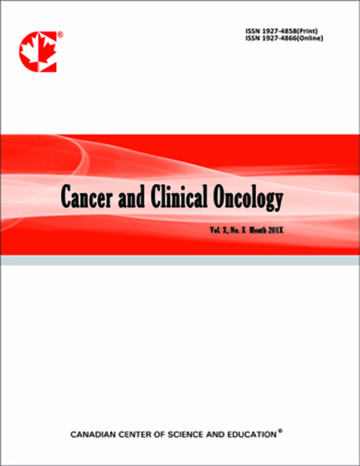Temporal Lobectomy for High Grade Gliomas: Impact on Outcomes and Implications for Postoperative Radiation Treatment Field Design
- James Marsh
- Julius Turian
- Arnold Herskovic
- Julie Wendt
- Rohit Godbole
- Richard Byrne
Abstract
Objective: To review clinical outcomes for patients with high grade gliomas (WHO Grades 3 and 4) who have undergone temporal lobectomy or wide local excision (WLE) with particular attention to rates of recurrence within temporal lobectomy resection bed, and to assess the potential impact of this surgical approach on the design of postoperative radiotherapy treatment volumes. Method: We reviewed outcomes for 17 patients with diagnosis of high grade glioma located in temporal lobe who underwent either wide local excision (WLE, 18 procedures in 13 patients) or formal temporal lobectomy (5 procedures in 4 patients). Location of recurrence was identified for each, and classified as involving or not involving temporal lobectomy resection cavity. STANDARD and MODIFIED (temporal lobectomy resection cavity subtracted from CTV46Gy and CTV60Gy) treatment plans were generated for each patient with intensity modified radiotherapy (IMRT). Dosimetric data were collected for each plan and compared. Results: Only 1/5 of patients suffered recurrence following temporal lobectomy (none in temporal lobectomy resection cavity) with median follow up 27.3 months. 16/17 (94.1%) of recurrences after WLE involved temporal lobe). MODIFIED IMRT plans reduced dose to all critical organs versus while providing equivalent PTV coverage. Conclusions: Following temporal lobectomy, we identified no recurrences within the temporal lobectomy resection cavity, suggesting that this region might safely be excluded from postoperative radiotherapy planning treatment volumes. With IMRT, this improves ability to spare critical normal structures.
- Full Text:
 PDF
PDF
- DOI:10.5539/cco.v2n1p5
Journal Metrics
Google-based Impact Factor (2018): 3.94
h-index (August 2018): 8
i10-index (August 2018): 6
h5-index (August 2018): N/A
h5-median(August 2018): N/A
(The data was calculated based on Google Scholar Citations. Click Here to Learn More. )
Index
Contact
- Lexie GreyEditorial Assistant
- cco@ccsenet.org
